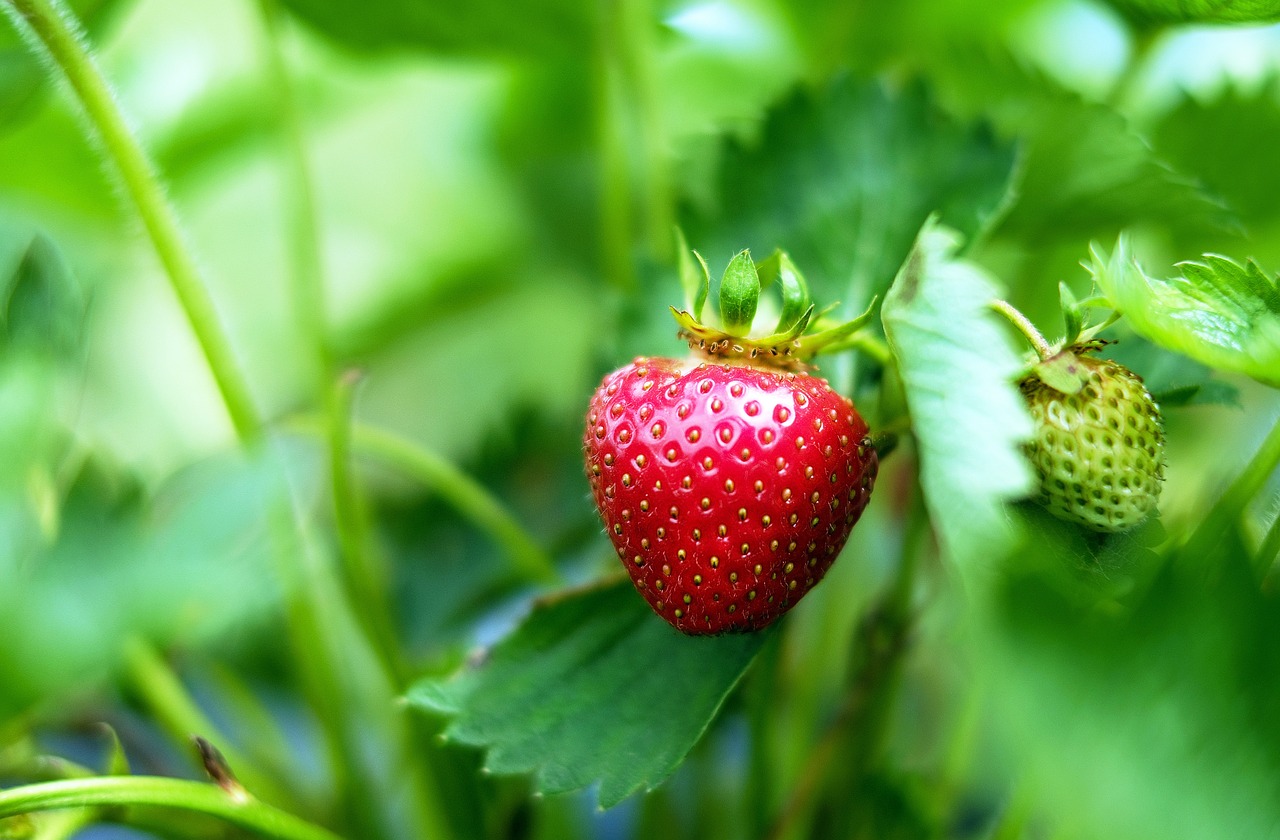4 Fruits And Vegetables You Can Grow In Pots

1. Asparagus
Asparagus is well known for requiring years without harvest in order to thrive. That can be a gigantic obstacle for renters, however you can easily grow asparagus in a container instead. Like rhubarb, asparagus doesn’t develop as strong and ample in a container as in a garden bed, yet if perpetual planting isn’t a possibility for you, you can still grow it at home.

2. Peas
You can develop sweet peas, both snap and shelling, in a compartment with little exertion. What’s more, peas develop rapidly, so you can appreciate the products of your little space endeavors in no time. Plant in the spring when the temperatures move over 60 degrees. Pick a vast container with great drainage and fill it to a couple inches beneath the edge with great gardening soil. Fertilize it, however not all that much because overabundance nitrogen will obliterate the peas’ efficiency.
Planting from seeds is just fine. Simply put them 1 to 2 inches separated, delicately squeeze them down, then add another inch of soil. Keep the soil moist yet not too wet, and place your container in the shade until the seeds sprout, then move it to a place where it will get full sun. Lean your container against a surface that can bolster a trellis and help your peas move as they develop. Snap peas are best if collected young and shelling peas are better when they’re mature.

3. Strawberry
You will need either a June-bearing or ever-bearing variety (such as Alpine strawberries), and afterward ensure you have a spot in your home where they will get no less than six hours of direct sunlight. In case you’re growing them inside, you can plant whenever.
If you’ll be placing them outside, plant in the early spring in areas with very cold winters, plant in the fall if you will keep them inside. Begin with transplants to keep away from the difficulties of sprouting seeds, and drench the roots, trimmed to 5 inches, in water for 60 minutes before planting with the bud crowns level with the soil. Strawberries have shallow roots, so the shape and size of your container doesn’t matter that much, however a hanging grower an interesting choice. Remove blooms for the first six weeks, and afterward fertilize your blossoming plants every 10 days. Water them every day amid their developing season.

4. Artichoke
Artichokes, particularly Globe, can produce stunning, thick buds if you plant them in containers. They’re take up plenty of space, so you have to pick a big container, fertilize them plentifully, and give them a lot of water, particularly when the buds start to show up. Plant seeds under grow lights two months before the last frost in the area you live in,or you can plant them in a container set outside in the fall and permit them to overwinter. Sow seeds 1/4-inch deep, 1/4-inch separated, and under 1/4 inch of gardening soil. Their growing season is long, so you will have to be patient.



